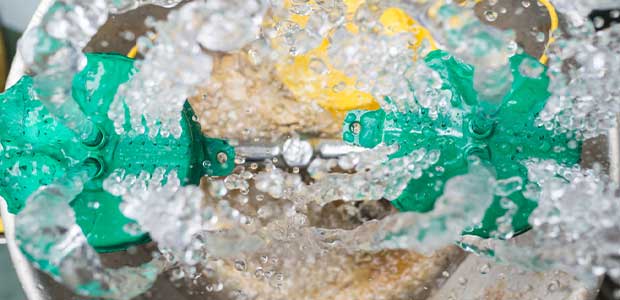
Inspection & Maintenance for Portable Eye Wash Stations
What are the inspection and maintenance criteria for portable eyewash stations?
- By Eric Clark
- May 01, 2022
The American National Standards Institute (ANSI) created industry standard ANSI/ISEA Z358.1 in 1981 as a means of establishing minimum performance and use requirements for emergency eyewash and shower equipment. It’s a comprehensive guideline outlining specific parameters for the appropriate design, installation, performance, certification, use and maintenance of all types of emergency eyewash and shower equipment across various industries.
ANSI/ISEA Z358.1 compliance with requires rigorous and regular testing to ensure that proper functioning equipment is always available in an emergency response situation. ANSI/ISEA Z358.1 was revised in 2014, and the most current revision included minor specifications for the design, manufacture and installation of emergency locations, as well as the location and accessibility of safety equipment and adjusted measurements.
OSHA regulations call out and address emergency eyewash and shower equipment response requirements in 29 CFR 1910.151. Specifically, OSHA states, “Where the eyes or body of any person may be exposed to injurious corrosive materials, suitable facilities for quick drenching or flushing of the eyes and body shall be provided within the work area for immediate emergency use.” A key emphasis should be placed on the terms “suitable” and “immediate” as those are of vital importance when procuring, planning and maintaining emergency equipment.
In 2016, OSHA fines for non-compliance increased 80 percent, putting violations for inadequate eyewash and shower equipment at risk of penalties exceeding $100,000. It’s critical to understand that compliance isn’t an annual or monthly responsibility, compliance is a requirement that must be continuously observed for the safety of employees and facility staff. Fines should not be the only motivation for compliance.
ANSI Standards make no distinction between remote locations and permanent installations, in terms of required response times, procedures and available treatment facilities. That means unimpeded access to emergency drench showers and eyewashes within ten seconds, equipment capable of providing 15-minute drench and/or irrigation cycles, tepid water and more.
Remote jobsite work often involves increased risk of injury because workers are in an unfamiliar environment and much of the control they have back at the shop is sacrificed out on the road. Weather elements, like wind and rain, can increase injury potential. So, too, can poor lighting and exposure to someone else’s jobsite shortcuts. In the face of an often more dangerous overall environment, the emergency response equipment typically available on a remote jobsite is usually not as good as that found in more permanent settings.
This article originally appeared in the May 2022 issue of Occupational Health & Safety.